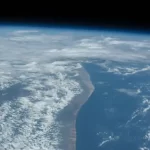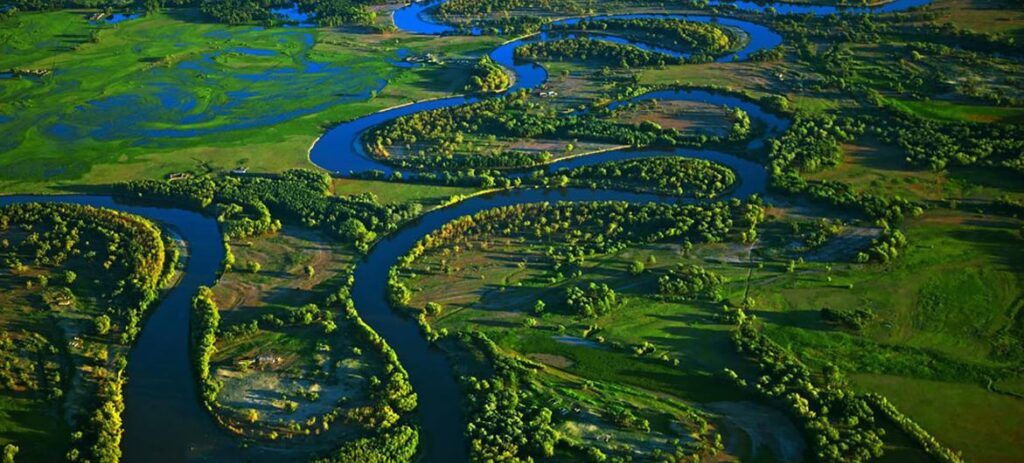Wetlands are not just swamps, they are an essential part of our planet’s natural defense against climate change. What do you know about wetlands?
Wetlands are ecosystems in which water is the primary factor controlling the environment and associated plant and animal life.
According to the official page of World Wetlands Day, its broad definition includes freshwater, marine and coastal ecosystems such as lakes, rivers, aquifers, swamps, wet grasslands, peatlands, oases, estuaries, deltas, tidal flats, mangroves and other coastal areas, coral reefs, and human activity sites such as Fish ponds, rice paddies, reservoirs and salt pans.
The United Nations General Assembly designated February 2 of each year as World Wetlands Day, given its vital importance to people and nature.
The theme for this year’s World Day is “Revive and restore degraded wetlands”. The day aims to raise awareness of the urgent need to reverse the accelerating loss of wetlands and to promote their conservation and restoration.
That day coincides with the date of the adoption of the “Convention on Wetlands of International Importance Especially as Waterfowl Habitat” in Iran in 1971.
The Convention enables countries—by designating protected areas, implementing effective policies, and sharing knowledge—to take measures to conserve and use their wetlands wisely.
Wetlands are resilient to climate change
Wetlands are a natural solution to the global threat of climate change. They absorb carbon dioxide and thus help slow global warming and reduce pollution.
Peatlands alone store twice as much carbon as all the world’s forests combined. But when wetlands are drained and destroyed, they emit huge amounts of carbon.
Wetlands also provide a buffer against the effects of floods, droughts, cyclones and tsunamis, as well as enhance resilience to climate change.
Facts about wetlands
Although wetlands cover only about 6 percent of the Earth’s surface, 40 percent of all species of plants and animals live or reproduce in them.
Wetlands are being lost three times faster than forests.
Coastal wetlands sequester and store carbon 55 times faster than tropical rainforests.
Rice, which is grown in wetland fields, is the staple diet for 3.5 billion people.












